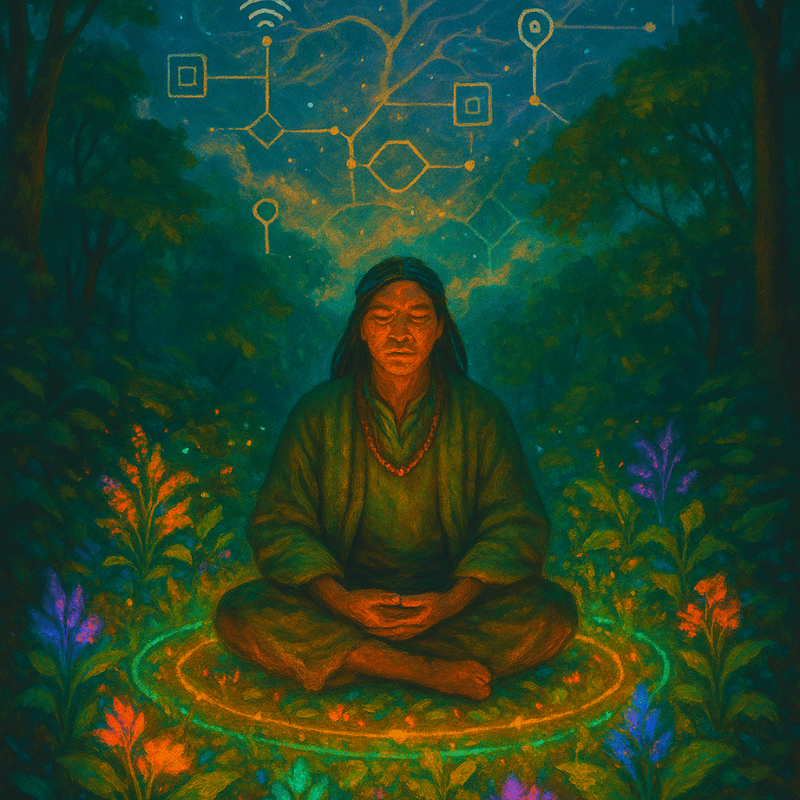We hear lots of information regarding Being more Present these days and how it can benefit our well-being and enrich our relationships. A concept, research, and its findings can only be of value to us if, we experience the effectiveness of it first-hand. Bringing information from our head and down into our heart takes our part. Action on our part in the form of mindful pratices will allow us to experience the positve benefits that Being Present is all the rave. Make no mistake, although this is a trendy topic of modern times, it has been a way of life since ancient times. Holistic approaches for living, health, and well-being of body, mind, and soul are a matter of consciousness. Roman Vaynshtok, this month’s blog contributor, a PureEsperanza board member, Reiki Master, Educator, and Founder of Peace and Balance Reiki Center shares practical, mindfulness practices that can easily be incorporated into your daily lives. Take a moment to read and see how you, too, will benefit more from Being Present, and just how to do and be that.
Our brain is a three-pound computer that produces approximately 70,000 thoughts per day. It’s not a surprise people become easily distracted. Our attention moves at a remarkable speed from past to future and back. Constantly shifting us between the past and future, neither of which exists, bringing grievances from the past and anxiety of the future to the front burner. This rocks our inner peace and distracts us in our daily activities. It also affects our lives by preventing us from finding joy and happiness in the present moment.
We understand the importance of being in the moment, but the hardest part is to catch ourselves when we are not. This creates separation between our body and our mind. Our body is still in the present, but our thoughts are “miles away.” This disconnection robs us of the ability to enjoy the present fully. When we experience this disconnect, we walk without seeing clouds and trees, eat without recognizing flavors, or talk to people without paying attention to their emotional state.
What steps can we take to come back to the present? First, is understanding that we have limited control over our thoughts. We recognize them as they come and let them go. The trick is not to become attached to our thoughts. It is not about controlling our every thought, rather not allowing them to control us. The easiest way to return to the present is to focus on our surroundings. For a big part of the day, we are driving, walking, or doing routine tasks on autopilot mode. Look around, try to see, and discover something new in your environment.
When we are in the present, we enter a flow state. People from many walks of life, from athletes to artists, scientists to craftsmen, experience this. We all have experienced moments when we are fully in the present, when time does not exist anymore. Being in the present is a blurred line between us and our environment, making us part of the vast universe. In the present moment, stress, judgments, and sorrow disappear, leaving only appreciation for the magic of being alive. When we are present, we form different reactions to stressful situations; and we become less confrontational with other people. We become able, what Buddhists call, to recognize the spark before the flame, to have a pause between the situation and our response.
Here are some techniques to help bring us into the present moment.
Have a fresh look at your surroundings. You can be in your kitchen or the office, in the metro or grocery store, looking around with a fresh eye.
- What is the predominant color?
- What looks out of place?
- What is the texture of the objects?
- What do you hear?
Be mindful when you eat. Eliminate all distractions when you eat, no cellphones, books, or TV. Focus on your meal. Experience mindful eating and better appreciate the food you’re consuming.
- Are you mindfully chewing or eager to swallow?
- What is the temperature of your food?
- What colors do you see on your plate?
- How does texture differentiate from one ingredient to another?
- What do you taste?
- Can you name the flavors?
Engage all your senses when you are outdoors. Don’t use your walk to review your to-do list or get your 10K steps in. Make it a walking meditation.
- What do we feel under our feet? Name it.
- Do we feel the breeze? Describe it.
- What sounds do we hear? Near, far, the lowest, and the highest pitch.
- What do you smell?
Try breathwork. Breathwork is excellent for regulating and calming our emotions, heart rate, blood pressure, alleviating stress, and benefits other health factors. It can also return us to the present moment when our mind wanders. It is worth trying breathing meditation or learning more about varied breathwork techniques. We cannot breathe in the past or in the future – our breath is always in the present. Our breath is a grounding force that unites the spirit and the body.
In conclusion, being in the present means realizing what the phrase “just for today” means. Not in the next 24 hours because this moment will never be repeated. We live in our heads for most of our day, so guide your thoughts to the present moment. Stop following them into the rabbit hole of the past or the future.





